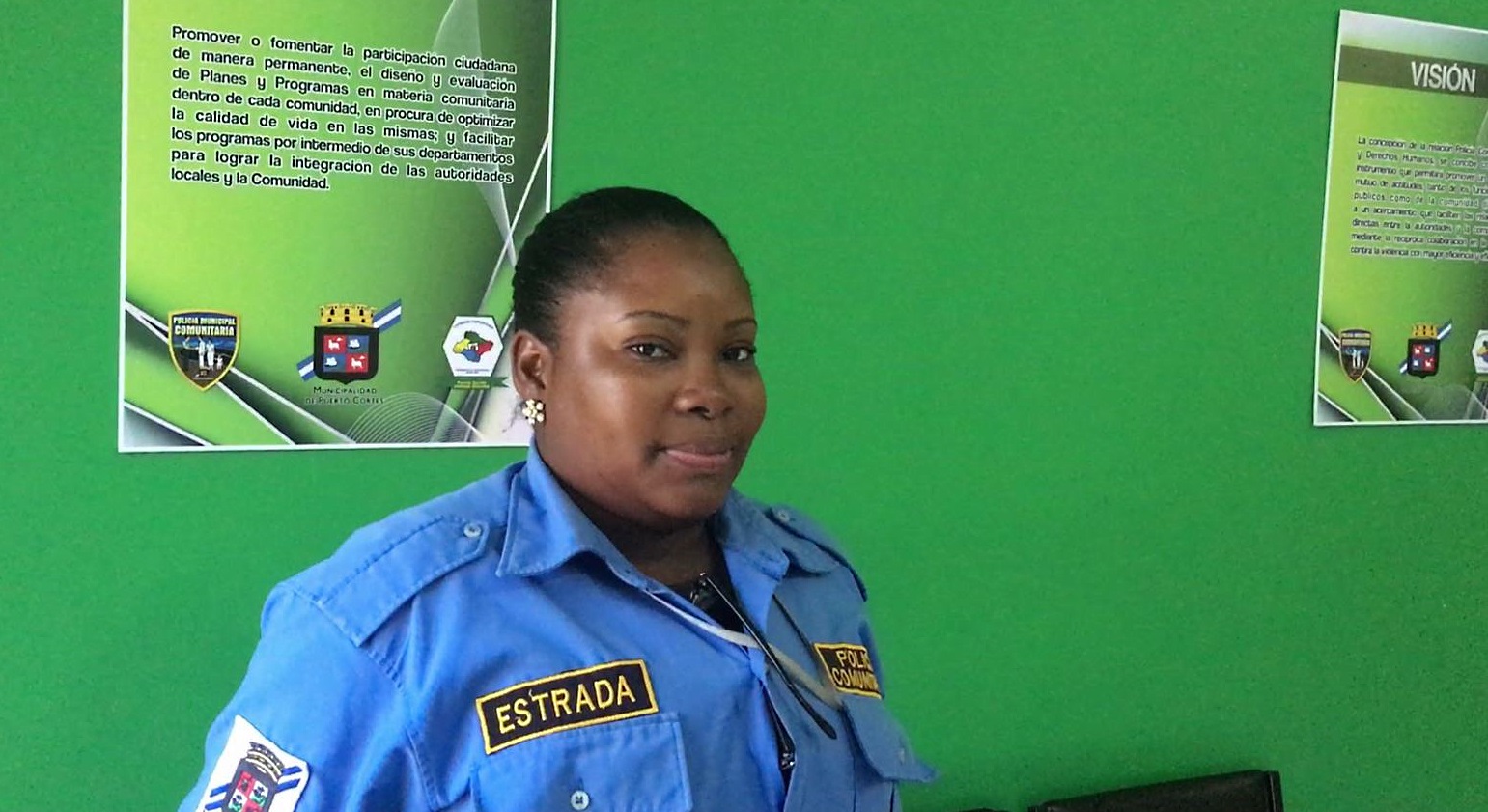
Recent events in U.S. cities have once again put the spotlight on how we “police” our cities. We talk about guns, tracking down terrorists, taking bad people off the streets, and increasing the number of foot patrols walking through hot neighborhoods. Rarely do we refer to police as public “safety” officers or the need for citizens to participate in the design and implementation of public security policies. We largely leave it to local officials and the men and women in blue to take care of it. Then, when things go sideways, we look to national leaders far removed from the action to offer a handy solution. That’s going about it the wrong way.
While nobody would say that there is no need to curb criminal activity and violence, by reacting to it with a top-down approach, we unnecessarily pit the good guys against the bad. That can escalate to repression and scapegoating, treating entire neighborhoods as problems to be kept at arm’s length or dealt with using draconian measures. On the other hand, thinking of police as public servants that encourage lawful behavior and experts in maintaining community safety builds expectations of a different kind of behavior that builds on relationships and serves the community’s best interests.
Where IRI has worked in the Central American countries of El Salvador, Guatemala, and Honduras many communities are beginning to adopt such a policing model. New laws allow municipalities to organize their own local safety patrols to augment the national police elements. They generally work out of precincts in so-called “hot” barrios, sometimes within sports facilities or commercial centers that make them part of the landscape, accessible, and friendly toward citizens.
Usually unarmed, they may register complaints, help resolve simple disputes, make referrals for mediation, or provide additional security for public events. But their main job is to be in the community listening, lending a hand, putting forward a friendly face and serving as a first line of community engagement that helps keep municipal authorities and the national police informed of insipient problems or citizen concerns.
Besides communal policing, municipalities may now form citizen security commissions. Organized by the municipality, these commissions are usually composed of neighborhood or ward leaders and civil society stakeholders such as business owners, teachers, journalists, religious figures, and representatives of marginalized groups. Usually some members of the police and municipal government sit on such commissions. Their mission is to provide inputs into policy decisions on the part of the police and municipality.
Through such outreach efforts and community networking, citizens can become vested in the wellbeing of the place where they live. They inevitably know more about their community, laws, and the authorities who enforce them. And they have the means to change things if they don’t like them. Where such structures have been put in place, crime and violence is trending downward. Coupled with other policies that generate employment and help make these communities better places to live, outmigration will likely be reduced. After all, nobody wants to be forced to leave home.
Because local government in Central America has historically been weak and is only now coming into its own, IRI’s approach to working there requires significant involvement of program personnel. That means IRI can only be in a handful of communities at a time, so change is incremental. Here in the United States, there is a history of strong grassroots governance and civic participation. So when it comes to community safety, we as citizens should be able to pull ourselves up by our bootstraps.
Top